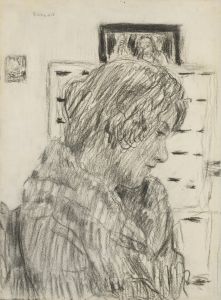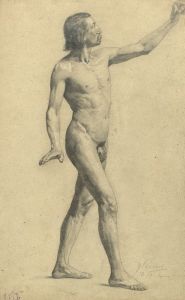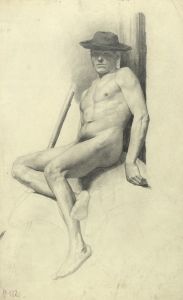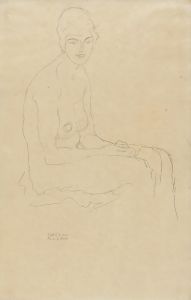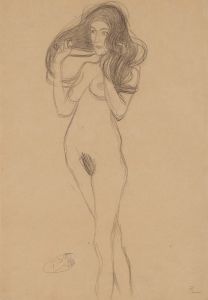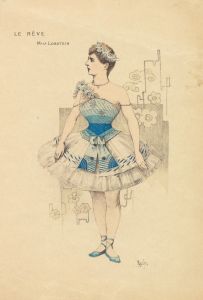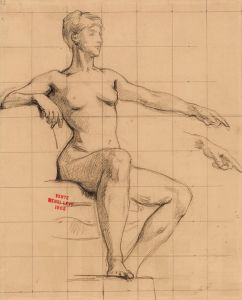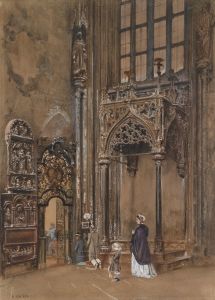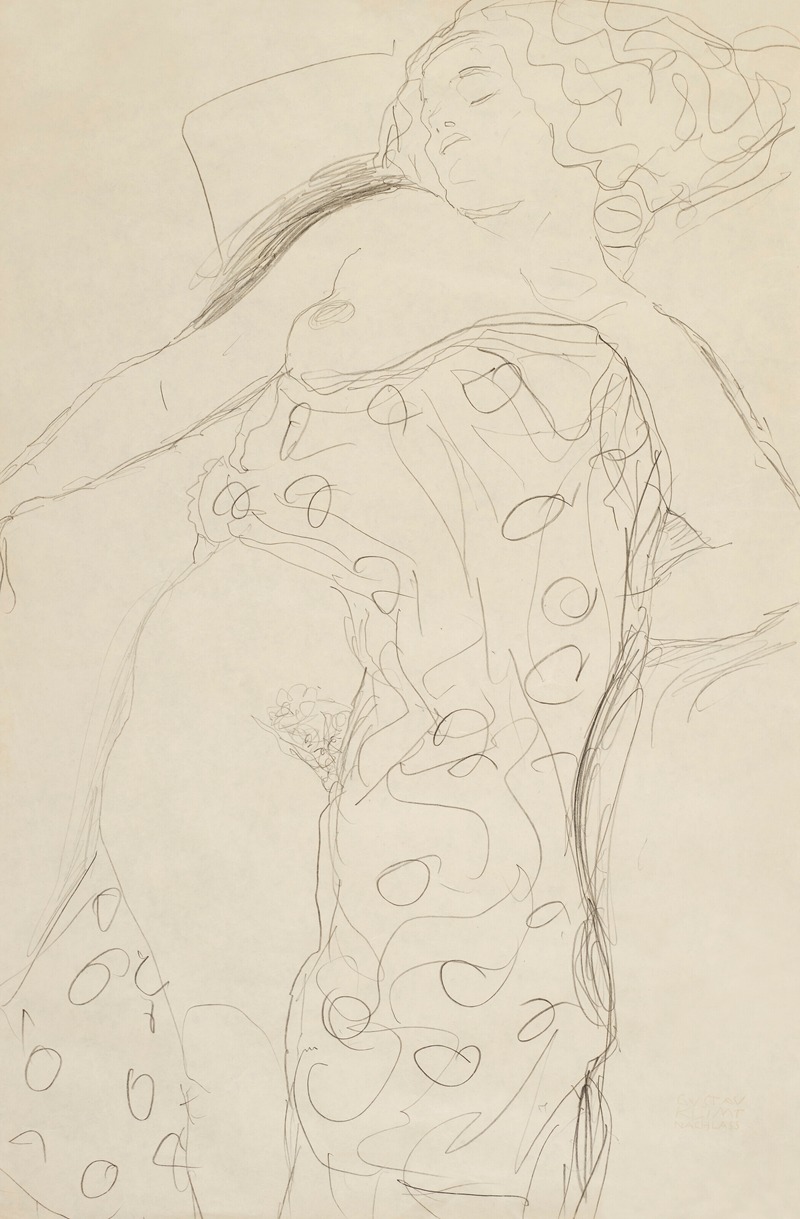
Schlafender Halbakt
A hand-painted replica of Gustav Klimt’s masterpiece Schlafender Halbakt, meticulously crafted by professional artists to capture the true essence of the original. Each piece is created with museum-quality canvas and rare mineral pigments, carefully painted by experienced artists with delicate brushstrokes and rich, layered colors to perfectly recreate the texture of the original artwork. Unlike machine-printed reproductions, this hand-painted version brings the painting to life, infused with the artist’s emotions and skill in every stroke. Whether for personal collection or home decoration, it instantly elevates the artistic atmosphere of any space.
"Schlafender Halbakt" (Sleeping Half-Nude) is a painting by the renowned Austrian symbolist painter Gustav Klimt. Created in 1914, this artwork is a quintessential example of Klimt's mature style, which is characterized by its sensuality, intricate patterns, and the use of gold leaf. The painting depicts a reclining female figure, partially draped, exuding a sense of tranquility and intimacy.
Gustav Klimt (1862-1918) was a prominent figure in the Vienna Secession movement, which sought to break away from traditional academic art and embrace a more modern, avant-garde approach. Klimt's work often focused on the female form, exploring themes of beauty, eroticism, and the complex interplay between life and death. His distinctive style, marked by bold compositions and elaborate ornamentation, has made him one of the most celebrated artists of the early 20th century.
"Schlafender Halbakt" showcases Klimt's mastery in rendering the human body with both realism and idealization. The figure in the painting is depicted with soft, flowing lines and a delicate use of color, creating a dreamlike quality. The woman's relaxed pose and serene expression suggest a state of peaceful slumber, inviting the viewer to contemplate the intimate moment captured on canvas.
The background of the painting is relatively simple, allowing the viewer's attention to remain focused on the figure. Klimt's use of light and shadow enhances the three-dimensionality of the form, while the subtle interplay of colors adds depth and richness to the composition. The drapery, rendered with meticulous detail, contributes to the overall sense of elegance and refinement.
Klimt's fascination with the female form is evident in many of his works, and "Schlafender Halbakt" is no exception. The painting reflects his interest in exploring the sensual and the sublime, capturing the beauty and vulnerability of the human body. Klimt's approach to the female nude was both revolutionary and controversial, challenging the conventions of his time and paving the way for future generations of artists.
"Schlafender Halbakt" is part of a larger body of work that includes some of Klimt's most famous paintings, such as "The Kiss" and "Portrait of Adele Bloch-Bauer I." These works share a common thread in their exploration of intimacy, beauty, and the human experience. Klimt's unique vision and artistic innovation have left an indelible mark on the history of art, and his paintings continue to be celebrated for their emotional depth and technical brilliance.
Today, "Schlafender Halbakt" is held in a private collection, and its exact location is not publicly disclosed. However, Klimt's legacy lives on through his numerous masterpieces housed in museums and galleries around the world. His influence can be seen in the works of many contemporary artists, and his contributions to the art world remain a subject of study and admiration.
In summary, "Schlafender Halbakt" by Gustav Klimt is a testament to the artist's skill in capturing the essence of the human form with sensitivity and grace. The painting exemplifies Klimt's distinctive style and his ability to convey complex emotions through his art. As a key figure in the Vienna Secession movement, Klimt's work continues to inspire and captivate audiences, securing his place as one of the great masters of modern art.





